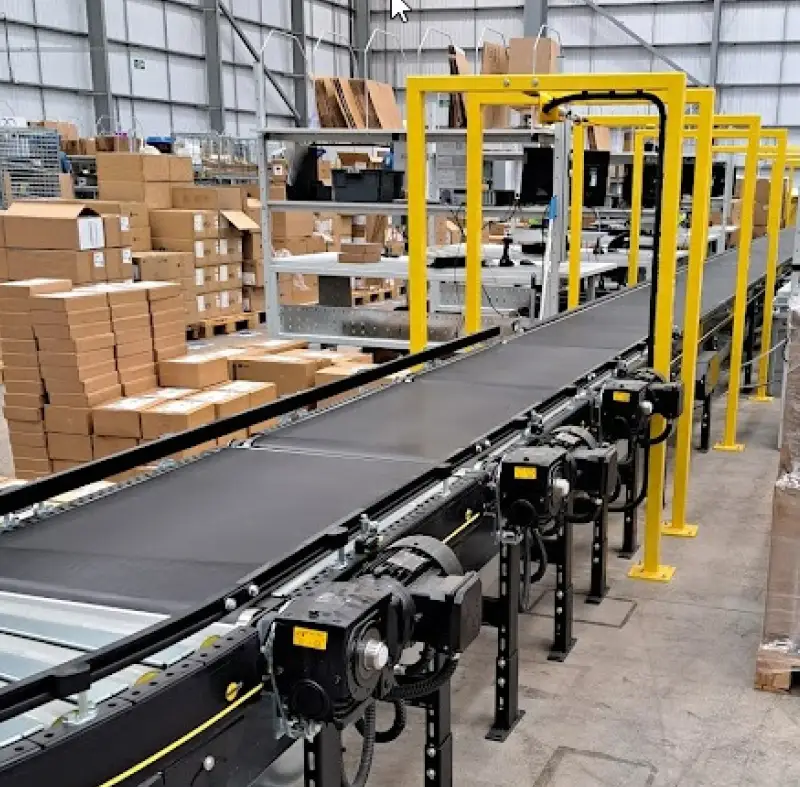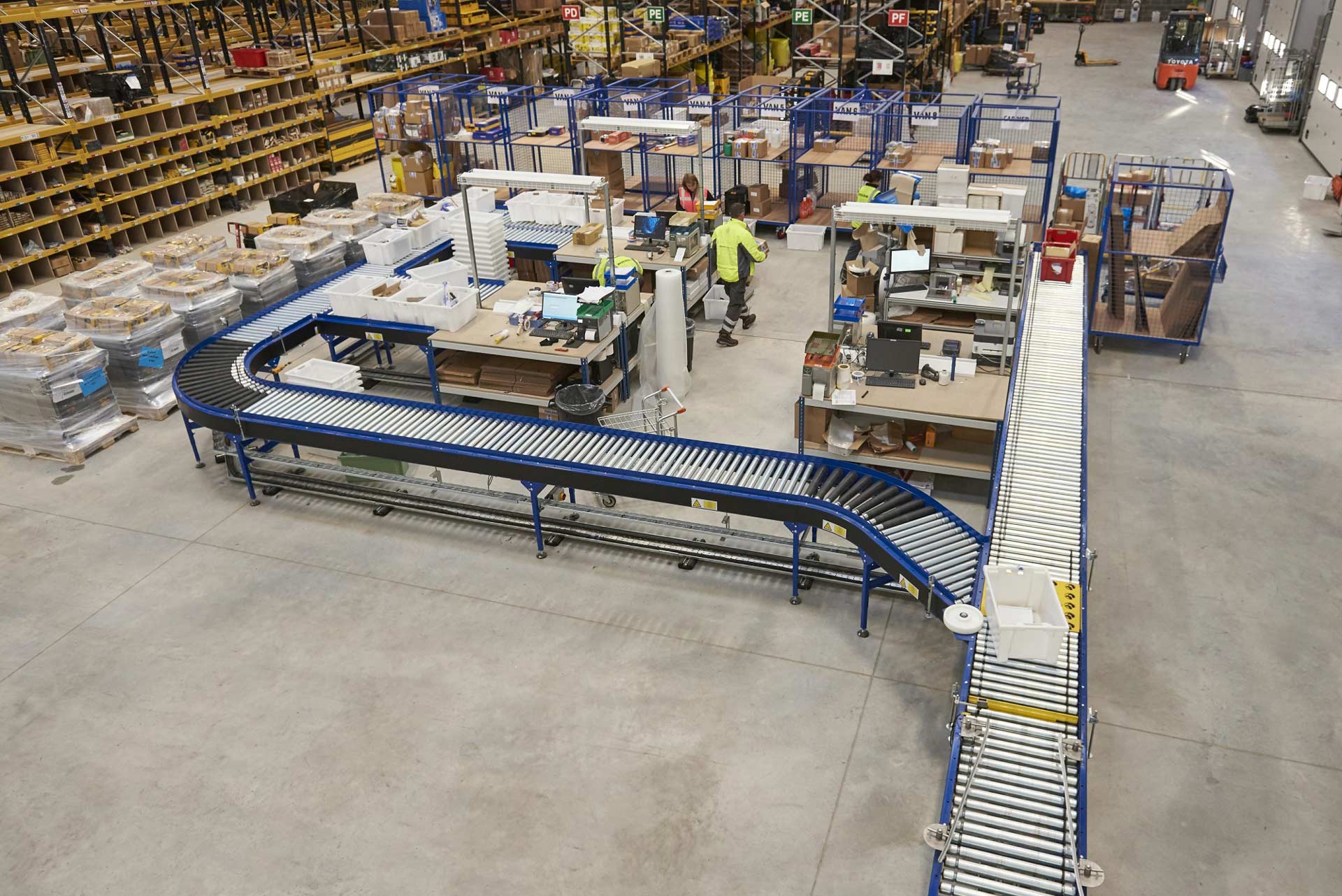Introduction
In the rapidly evolving landscape of eCommerce, warehouses, factories, and fulfilment centres are under constant pressure to meet the growing demands for efficiency and accuracy. In the Operations team, you understand the critical role automation plays in achieving these goals. In this blog post, we’ll delve into the realm of warehouse automation, exploring its benefits, implementation strategies, and best practices tailored to your industry.
Understanding warehouse automation
Warehouse automation involves the integration of technology and machinery to streamline and optimise various tasks within a warehouse environment. This can range from simple automated sorting systems, scanners to effectively monitor stock levels as well as complex robotic solutions for picking and packing.
Benefits of warehouse automation
Increased efficiency
Automation reduces manual intervention, minimising errors and speeding up processes such as picking, packing, and shipping.
Enhanced accuracy
Automated systems ensure greater precision in inventory management and order fulfilment, reducing the likelihood of errors.
Cost Savings
While the initial investment in automation technology can be significant, the long-term savings in labour costs and improved operational efficiency outweigh the upfront expenses.
Scalability
Automation solutions can adapt to fluctuating demand, allowing your warehouse to scale operations seamlessly without compromising efficiency.
Improved safety
By automating repetitive and physically demanding tasks, you can create a safer work environment for your employees, reducing the risk of workplace injuries.
Key technologies driving warehouse automation
Conveyors
Modern conveyor systems are transforming material handling and logistics by automating the movement of goods with unparalleled efficiency and precision. These advanced systems facilitate seamless sorting, transportation, and assembly processes, significantly enhancing productivity and reducing manual labour. With the integration of smart technology, conveyors can now adapt to varying load sizes and speeds, ensuring optimal performance and flexibility in diverse industrial applications.
Warehouse Management Systems (WMS)
Advanced WMS platforms integrate with automation technologies, providing end-to-end visibility and control over warehouse processes.
Robotics
Autonomous mobile robots (AMRs) and robotic arms are revolutionizing tasks such as picking, packing, and palletising, increasing speed and accuracy.
Artificial Intelligence (AI) and machine learning
AI-powered algorithms optimise warehouse operations by forecasting demand, optimising inventory placement, and routing for efficient order fulfilment.
Implementing warehouse automation
Assess your current operations
Conduct a thorough analysis of your existing workflows, identifying areas where automation can drive the most significant improvements.
Set clear objectives
Define specific goals for automation implementation, whether it’s reducing order processing times, increasing order accuracy, or optimising inventory management.
Choose the right technologies
Select automation solutions that align with your objectives, budget, and operational requirements. Consider factors such as scalability, integration capabilities, and vendor support.
Plan for integration
Develop a comprehensive implementation plan that outlines the deployment timeline, resource allocation, and training programs for your staff.
Monitor and iterate
Continuously monitor the performance of your automated systems, gathering feedback from employees and leveraging data analytics to identify areas for optimisation and refinement.
Best practices for warehouse automation success
Foster a culture of innovation
Encourage collaboration and idea-sharing among your team members to identify new opportunities for automation and process improvement.
Invest in employee training
Provide comprehensive training programs to ensure your workforce is proficient in operating and troubleshooting automated systems effectively.
Prioritise flexibility
Choose automation solutions that offer scalability and adaptability to accommodate future growth and evolving market demands.
Embrace continuous improvement
Continuously evaluate and refine your automation strategies based on performance metrics, customer feedback, and industry advancements.
Conclusion
Warehouse automation holds the key to unlocking unprecedented levels of efficiency, accuracy, and scalability in ecommerce, warehouses, factories, and fulfilment centres. In the Operations team, embracing automation technologies and best practices is essential for staying ahead of the competition and meeting the ever-growing demands of the modern market. By strategically implementing and optimising automation solutions, you can revolutionise your warehouse operations and drive sustainable business growth in the digital age.
Contact us on 01283 55 22 55, email [email protected] or visit our website www.conveyorsystemsltd.co.uk














